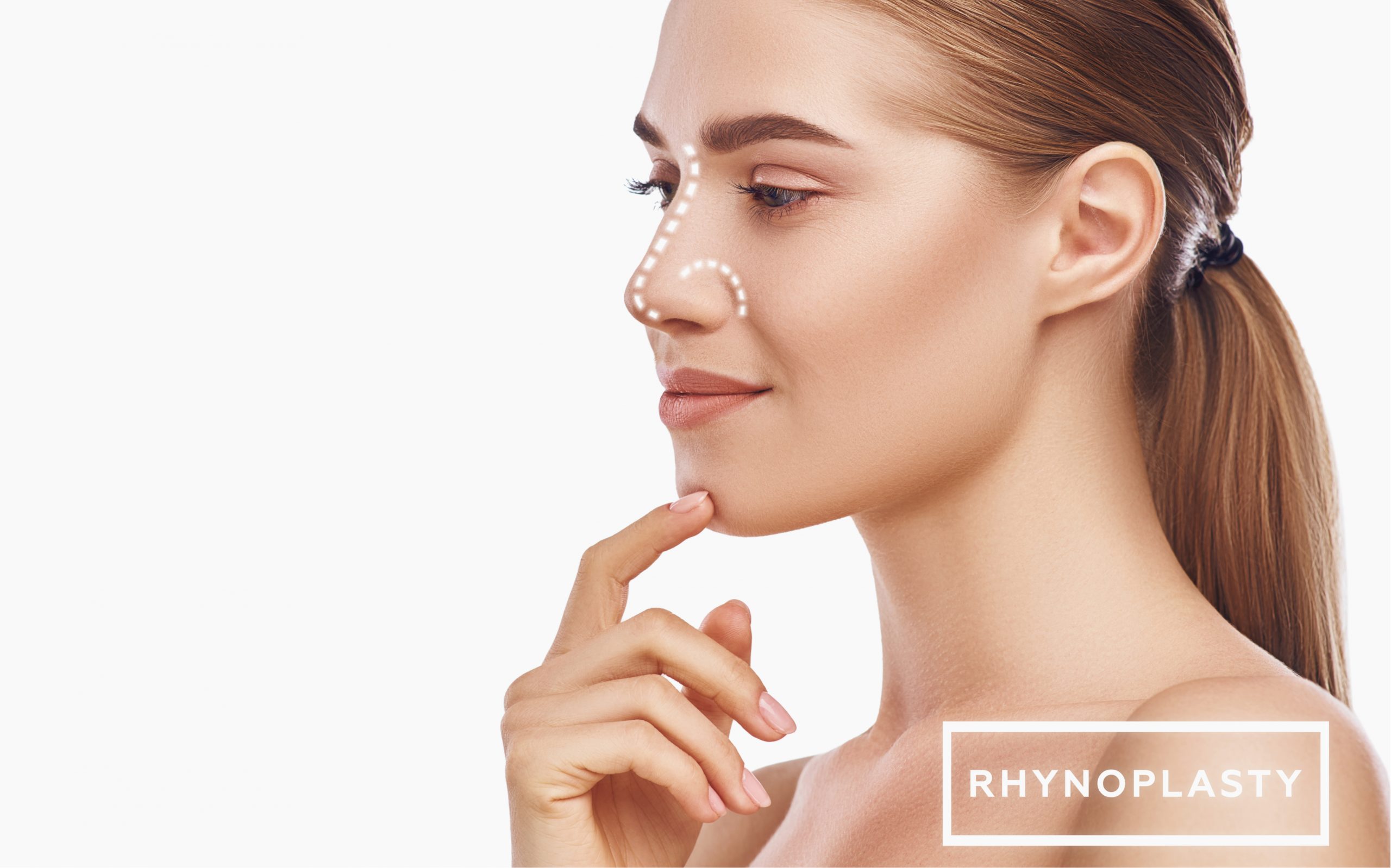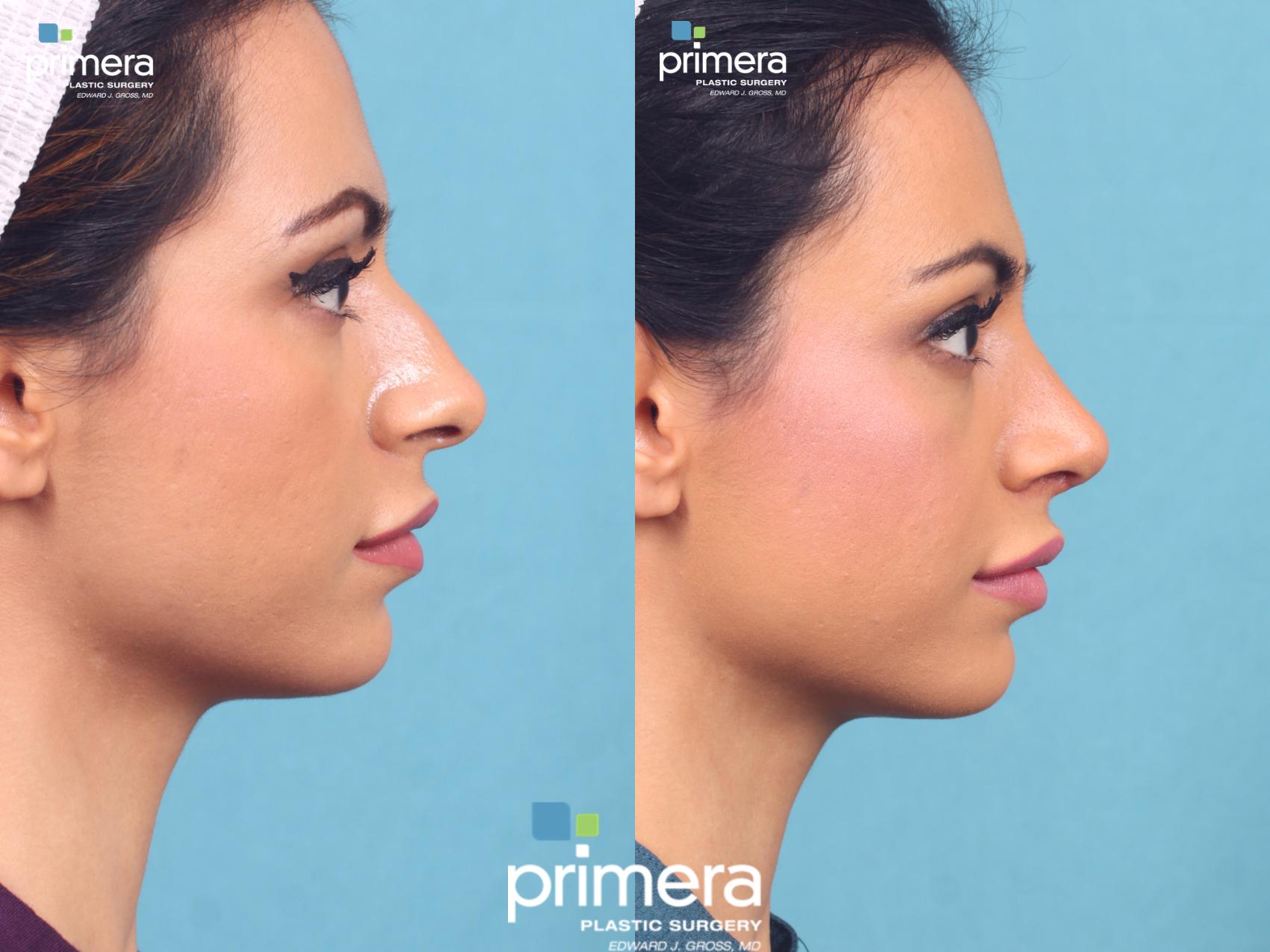Austin Rhinoplasty for Dummies
Table of ContentsThe Basic Principles Of Rhinoplasty Surgery Austin How Austin Rhinoplasty can Save You Time, Stress, and Money.Some Ideas on Rhinoplasty Austin You Need To Know
Hence, if more than 50 percent of a visual subunit is lost (damaged, faulty, destroyed) the surgeon replaces the whole aesthetic sector, typically with a local tissue graft, gathered from either the face or the head, or with a tissue graft gathered from elsewhere on the client's body (rhinoplasty austin). Like the face, the human nose is well vascularized with arteries and veins, and thus provided with abundant blood.
The nasal septum also is supplied with blood by the sphenopalatine artery, and by the anterior and posterior ethmoid arteries, with the additional circulatory contributions of the superior labial artery and of the greater palatine artery. These three (3) vascular materials to the internal nose converge in the Kiesselbach plexus (the Little location), which is an area in the anteroinferior-third of the nasal septum, (in front and listed below).
The nasal veins are biologically substantial, since they have no vessel-valves, and because of their direct, circulatory communication to the cavernous sinus, which makes possible the possible intracranial spreading of a bacterial infection of the nose. Thus, since of such a plentiful nasal blood supply, tobacco cigarette smoking does therapeutically compromise post-operative healing.
Nasal innervation: Cranial nerve V, the trigeminal nerve (nervus trigeminis) gives experience to the nose, the face, and the upper jaw (maxilla). The feelings registered by the human nose originate from the first 2 (2) branches of cranial nerve V, the trigeminal nerve. The nerve listings indicate the respective innervation (sensory distribution) of the trigeminal nerve branches within the nose, the face, and the upper jaw (maxilla).
The indicated nerve serves the called structural facial and nasal areas Lacrimal nerve conveys experience to the skin areas of the lateral orbital (eye socket) region, except for the lacrimal gland. Frontal nerve conveys sensation to the skin locations of the forehead and the scalp. Supraorbital nerve conveys experience to the skin locations of the eyelids, the forehead, and the scalp.
How Rhinoplasty Austin can Save You Time, Stress, and Money.

Infratrochlear nerve conveys sensation to the medial region of the eyelids, the palpebral conjunctiva, the nasion (nasolabial junction), and the bony dorsum. Nasal anatomy: visite site The shell-form turbinates (conchae nasales). Nasal anatomy: The septum nasi bones and cartilages. The supply of parasympathetic nerves to the face and the upper jaw (maxilla) stems from the greater shallow petrosal (GSP) branch of cranial nerve VII, the facial nerve.
In the upper portion of the nose, the paired nasal bones attach to the frontal bone. Above and to the side (superolaterally), the paired nasal bones connect to the lacrimal bones, and listed below and to the side (inferolaterally), they attach to the ascending procedures of the maxilla (upper jaw) - austin rhinoplasty. Above and to the back (posterosuperiorly), the bony nasal septum is composed of the perpendicular plate of the ethmoid bone.
The floor of the nose makes up the premaxilla bone and the palatine bone, the roof of the mouth. The nasal septum is composed of the quadrangular cartilage, the vomer bone (the perpendicular plate of the ethmoid bone), elements of the premaxilla, and the palatine bones. Each lateral nasal wall contains three sets of turbinates (nasal conchae), which are small, thin, shell-form bones: (i) the superior concha, (ii) the middle concha, and (iii) the inferior concha, which are the bony framework of the turbinates.

Inferior to the nasal conchae (turbinates) is the meatus space, with names that represent the turbinates, e. g. remarkable turbinate, superior meatus, et alii. The internal roof of the nose is made up by the horizontal, perforated cribriform plate (of the ethmoid bone) through which pass sensory filaments of the olfactory nerve (cranial nerve I); finally, listed below and behind (posteroinferior) the cribriform plate, sloping down at an angle, is the bony face of the sphenoid sinus.
The septum is quadrangular; the upper half is flanked by 2 (2) triangular-to-trapezoidal cartilages: the upper lateral-cartilages, which are merged to the dorsal septum in the midline, and laterally connected, with loose ligaments, to the bony margin of the pyriform (pear-shaped) aperture, while the inferior ends of the upper lateral-cartilages are complimentary (unattached).
Austin Rhinoplasty Fundamentals Explained
Below the upper lateral-cartilages lay the lower lateral-cartilages; the paired lower lateral-cartilages swing outwards, from medial attachments, to the caudal septum in the midline (the median crura) to an intermediate crus (shank) location. Lastly, the lower lateral-cartilages flare outwards, her latest blog above and to the side (superolaterally), as the lateral crura; these cartilages are mobile, unlike the upper lateral cartilages.
e., an outside curving of the lower borders of the upper lateral-cartilages, and an inward curving of the cephalic borders of the alar cartilages. The form of the nasal subunitsthe dorsum, the sidewalls, the lobule, the soft triangles, the alae, and the columellaare set up in a different way, according to the race and the ethnic group of the client, thus the nasal physiognomies denominated as: African, platyrrhine (flat, large nose); Asiatic, subplatyrrhine (low, broad nose); Caucasian, leptorrhine (narrow nose); and Hispanic, paraleptorrhine (narrow-sided nose).
In the midline of the nose, the septum is a composite (osseo-cartilaginous) structure that divides the nose into two (2) comparable halves. The lateral nasal wall and the paranasal sinuses, the exceptional concha, the middle concha, and the inferior concha, form the matching passages, the exceptional meatus, the middle meatus, and the inferior meatus, on the lateral nasal wall.